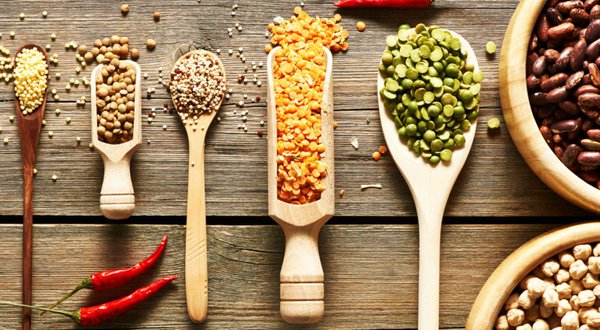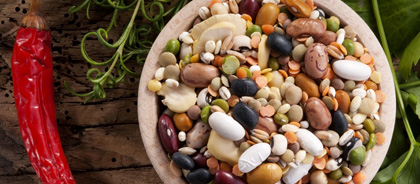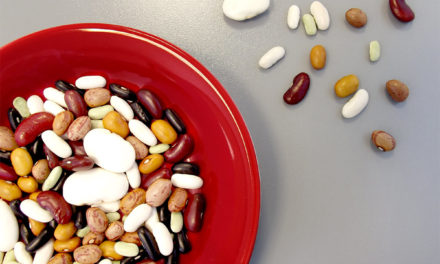The UN (United Nations Organisation) made 2016 “International Year of Pulses” (IYP2016) to promote these legumes. Why?
A bit of ‘culture‘.
Do you know what are the pulses and the difference with the vegetables ?
- Vegetables are plants whose we eat leaves, roots, tubers, seeds or fruits.
- Pulses are subgroup of the family of vegetables. On these plants with pods, we consume only dry seed.
The most common pulses are lentils, beans or peas for example, which constitute the basis of many food supplies across the world.

Why this initiative?
In many countries, consumers, members of the food industry and leaders don’t really know the benefits of pulses and their ability to be part of the solutions to many problems related to the food in today’s world. In 2016, pulses are therefore put under the spotlight to introduce all their virtues.
Three themes explain this decision:
- Food security: the culture of the pulse is suited to local conditions with many varieties. They can be grown by local farmers for their own food, to feed the animals as well as for sale and can be stored for a long time, which is important for improving food security. Finally, their low cost makes them accessible to all.
- Health: it is recognised that pulses have an important role in the prevention of diseases such as cancer, diabetes and heart disease. Indeed they are very rich in fiber, plant proteins, vitamins and minerals and low in fat.
- The environment: legumes have an important place in the crop rotation. Indeed the pulses are the only plants that have, by nature, the ability to capture nitrogen from the air and fix it in the soil in order to reuse it. They make possible to enrich the soil with nitrogen without additional input of fertilizers and they also favour the soil biodiversity where they are grown. Pulses also have a low carbon footprint and moderate water requirements.
Many varieties and flavors exist, that can be accommodated in a thousand different ways!

To conclude
The FAO (UN Food and Agriculture Organisation) can confirm:
- Pulses are rich in nutrients, proteins and amino acids.
- Pulses are economically accessible and contribute to food security.
- Pulses have significant beneficial effects on health.
- Pulses favor agriculture sustainability and contribute to mitigate climate change and adapt to its effects.
- Pulses favor biodiversity.
So adopt the “pulses attitude” too!
Sources: the FNLS (National Federation of Pulses – France), the United Nations Organization, the FAO (UN Food and Agriculture Organisation), Love Pulses by the GPC, the WFP (World Food Program).






